
Giant Chinchilla: The Million Dollar Rabbit
Facts at a glance!
Weight: 12 to 16 pounds
Recognized Colors:
Chinchilla
Introduction
With its impressive size, striking fur, and gentle demeanor, the Giant Chinchilla stands out as a unique and captivating rabbit breed.
In this guide, we’ll delve into the rich history, distinctive characteristics, and care requirements of Giant Chinchilla rabbits.
History and Origin
The story of the Giant Chinchilla rabbit begins in the 1920s in the United States. It was developed through selective breeding efforts aimed at creating a large meat rabbit with desirable fur qualities. The breed’s foundation can be traced back to the crossing of several breeds, including the Standard Chinchilla, Flemish Giant, and other large rabbit breeds.
Giant Chinchillas were nicknamed “The Million Dollar Rabbit” because their developer, Edward H. Stahl, allegedly made 1 million dollars on the sale of Giant Chinchilla breeding stock!
Personality
Giant Chinchillas are known to be docile and have easy going temperaments.
Physical Characteristics
The Giant Chinchilla rabbit is characterized by its distinctive coat, and giant sized frame. The fur is dense, soft, and plush, with a distinctive color pattern. The coat coloration of American Chinchillas is characterized by the distinctive colored bands that you can see if you blow into their coat! Their first band is a slate blue color, followed by a lighter gray, or silver band, then a slate blue band again with salt and pepper tipped hairs. This coloration gives the rabbit a beautiful silvery appearance, which is highly prized in both show and commercial settings.
In addition to their exquisite fur, Giant Chinchillas have a giant build reminiscent of their Flemish Giant roots, with a broad head, strong legs, and giant sized ears.
Care and Maintenance
Caring for a Giant Chinchilla rabbit involves providing an environment that meets both their physical and mental needs. Here are some essential care requirements to keep in mind:
Housing: Giant Chinchilla rabbits can be housed indoors or outdoors, depending on climate and preference. Indoors, they should have a spacious cage or enclosure that allows them to move around comfortably. Ensure that your enclosure has a solid floor component such as a carpet square for your rabbit to rest on, lowering the risk of sore hocks. Outdoor enclosures should be secure and protected from predators, with adequate shelter from the elements.
Diet: A balanced diet is crucial for the health and well-being of Giant Chinchilla rabbits. Their diet should consist primarily of high-quality hay, such as Timothy hay, supplemented high quality rabbit pellets and fresh vegetables in small amounts. Fresh water should be available at all times, provided in a clean water bottle or dish.
Grooming: Giant Chinchilla rabbits do not require much grooming compared to other breeds such as Angoras, but regular grooming can help to foster bonding with your rabbit! Brushing them gently with a soft-bristled brush a few times a week can help remove loose fur. Additionally, you should be sure to trim their toenails regularly, every 1 to 2 months. Check out our nail trimming guide here if you are new to trimming toenails!
Exercise: Like all rabbits, Giant Chinchilla are active animals that require regular exercise to stay healthy and happy. Their larger than average size makes it all the more difficult for them to satisfy their exercise needs in a cage. Providing opportunities for daily exercise outside of their enclosure is essential. This can include supervised playtime in a rabbit-proofed area of the home or a secure outdoor space.
Veterinary Care: Regular veterinary check-ups are great for monitoring the health of Giant Chinchilla rabbits and addressing any potential medical issues promptly. They will also be able to provide any necessary vaccinations or spay/neuters.
Health Considerations
Giant Chinchillas are generally very healthy, avoiding many of the genetic conditions that can cause issues for other breeds. Even so, there are still some general health considerations to keep in mind:
Sore Hocks: Giant rabbit breeds such as the Giant Chinchillas can be susceptible to a condition known as sore hocks because of the greater amount of weight they put on their feet. This is when the bottoms of a rabbit’s feet become sore and inflamed. These sore feet can lose fur (exacerbating the problem), begin to bleed, and can become infected. A predisposition to sore hocks can be genetic, but it is most commonly seen when a rabbit spends a great deal of time resting on a wire cage bottom, or to a lesser extent when a rabbit often rests on a solid, hard surface.
Gastrointestinal Stasis: This condition occurs when a rabbit’s digestive system slows down or stops functioning properly, often due to poor diet, lack of exercise, or stress. Signs include reduced appetite, lethargy, and decreased fecal output. Prompt veterinary attention is crucial to prevent complications.
Obesity: Giant Chinchillas rabbits can become overweight if overfed or given too many high-calorie treats. Monitor their diet closely and ensure they receive regular exercise to maintain a healthy weight!
Respiratory Issues: Like all rabbits, Giant Chinchillas are susceptible to respiratory infections, especially if kept in damp or poorly ventilated environments. Keep their living area clean and dry and seek veterinary care if you notice signs of respiratory distress such as sneezing or labored breathing.
Conclusions
The Giant Chinchilla rabbit is a remarkable breed with a rich history, distinctive characteristics, and significant contributions to agriculture, showmanship, and genetic diversity. Whether admired for their elegant appearance, cherished as beloved companions, or raised for their meat and fur, Giant Chinchillas continue to captivate rabbit enthusiasts around the world. With proper care, attention, and appreciation for their unique qualities, these magnificent rabbits will undoubtedly leave a lasting impression on all who encounter them.
Looking for similar breeds?
Check this out!
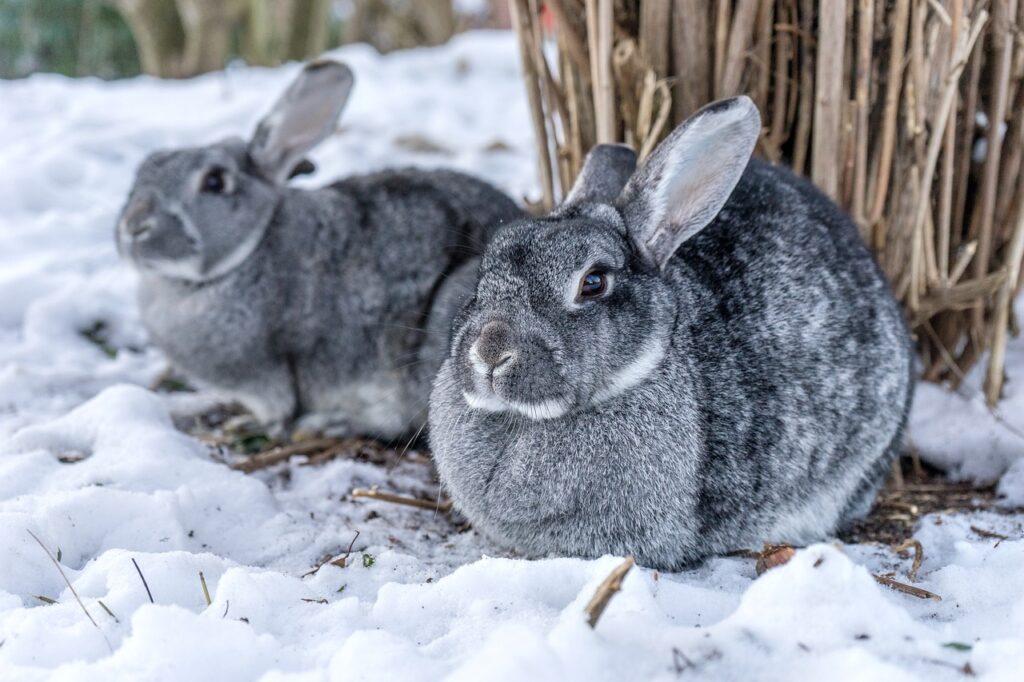
American Chinchilla
The American Chinchilla is a large breed Chinchilla weighing 9-12lbs.
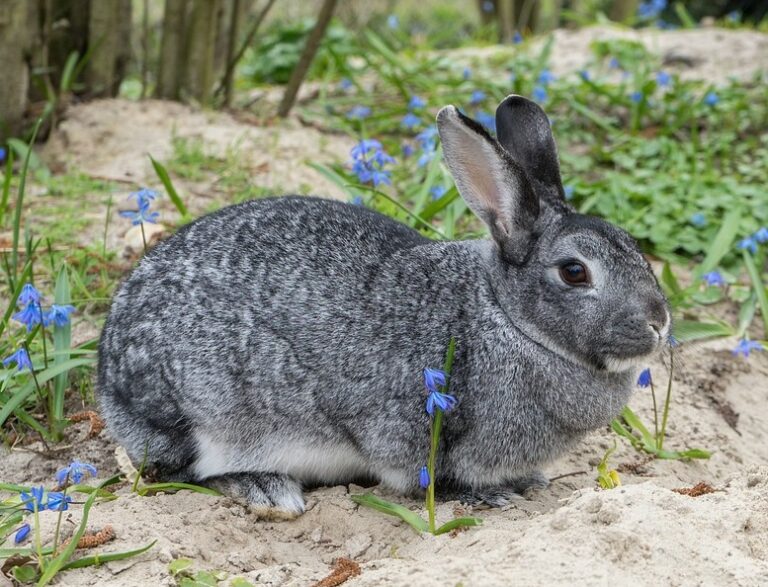
Standard Chinchilla
The Standard Chinchilla is the smallest of the Chinchilla breeds, weighing 5-7lbs.
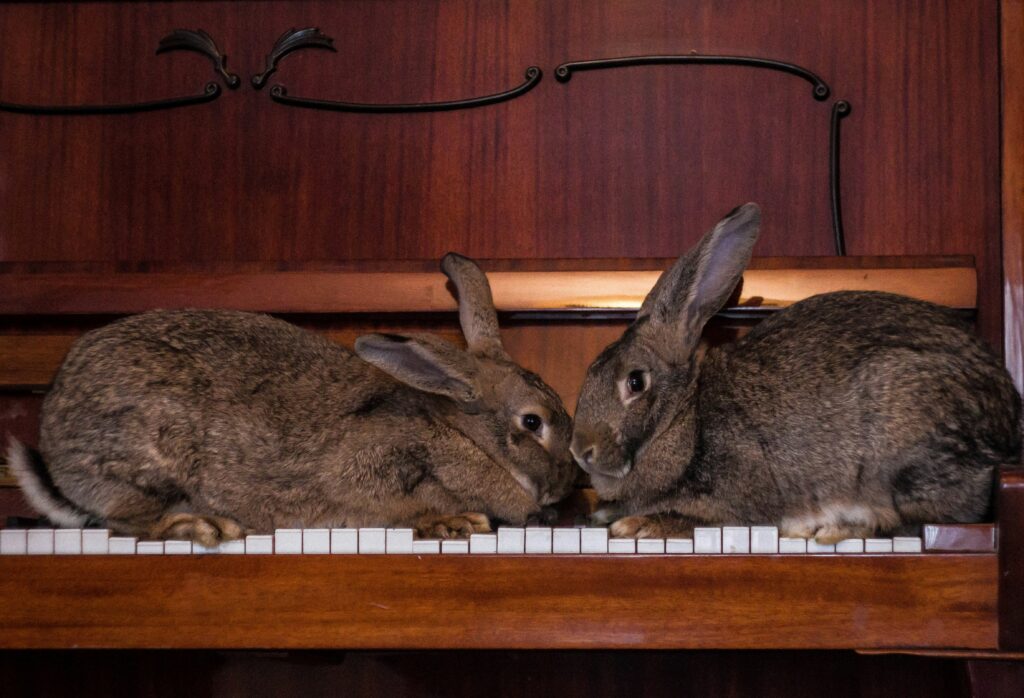
flemish giant
The Flemish Giant is the largest ARBA recognized breed, weighing in at 15-22lbs.
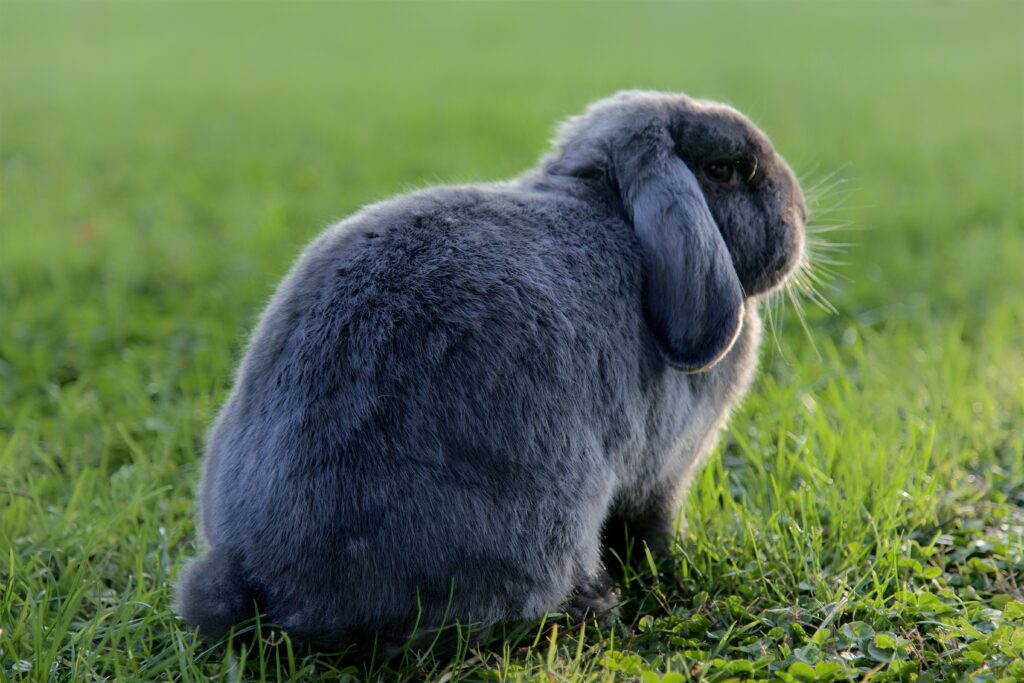
french lop
The French Lop is the largest Lop breed, weighing in at 10-15lbs.
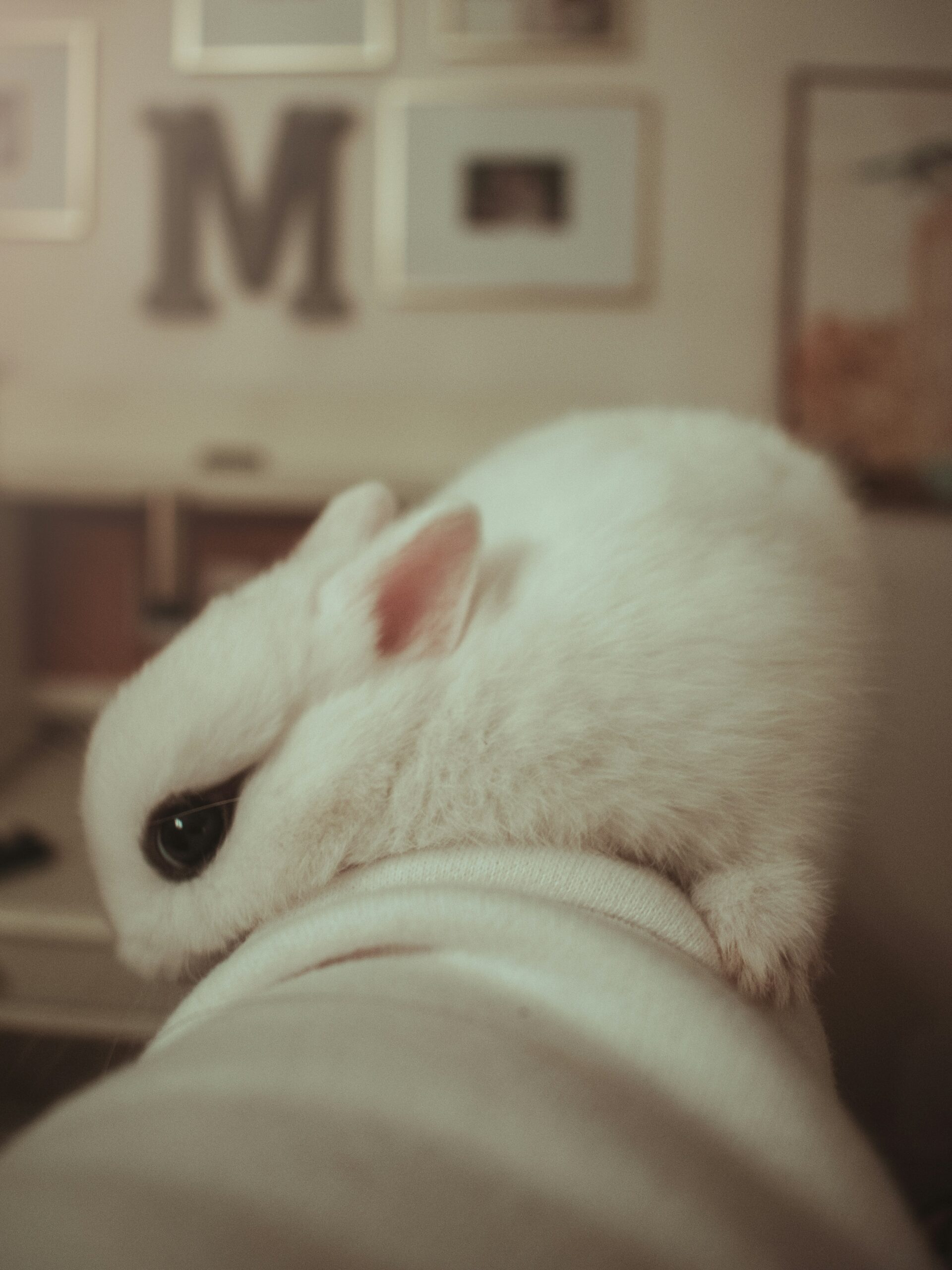
Fluffbutts Rabbitry

Hoppington Hideaway
See a Picture Missing?
Here at Hutch Happiness we want to showcase YOUR rabbits! If you have a photo of a rabbit you would like to share, reach out to me at Emily@hutchhappiness.com. Along with your rabbit photo we are happy to provide a link to your rabbitry website if available.
